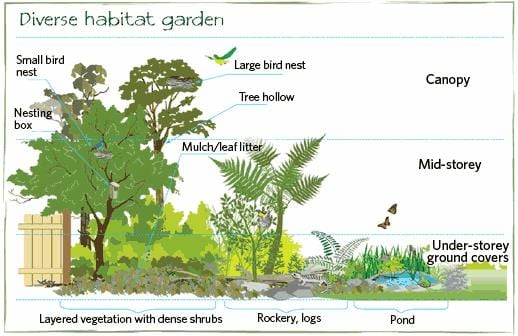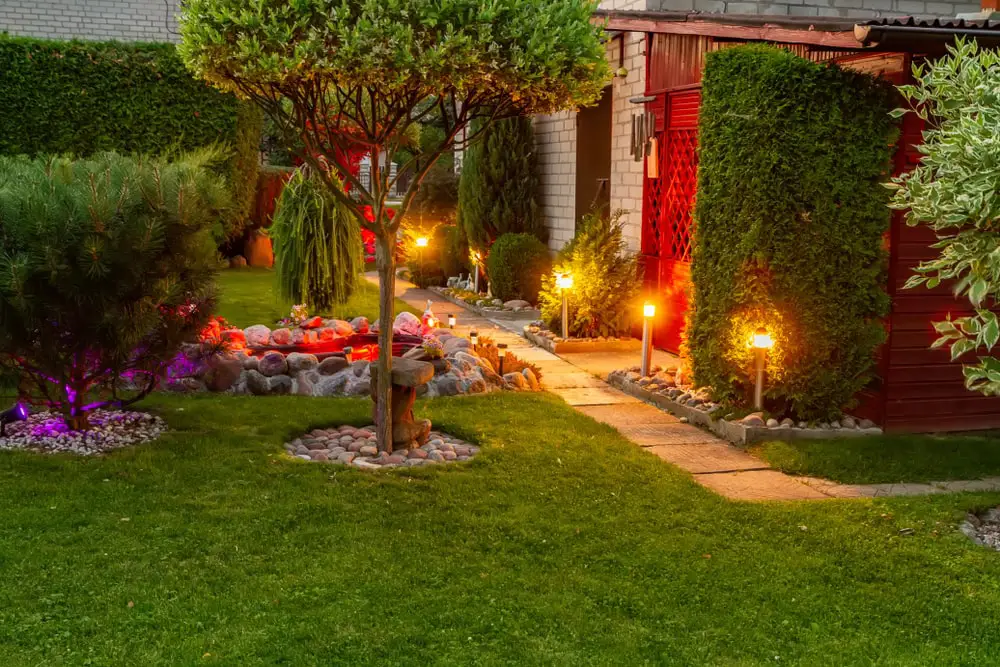Hilton Head Landscapes Fundamentals Explained
Hilton Head Landscapes Fundamentals Explained
Blog Article
Some Known Factual Statements About Hilton Head Landscapes
Table of ContentsThe Best Strategy To Use For Hilton Head LandscapesSome Known Facts About Hilton Head Landscapes.Not known Facts About Hilton Head LandscapesTop Guidelines Of Hilton Head LandscapesSome Known Incorrect Statements About Hilton Head Landscapes Little Known Facts About Hilton Head Landscapes.The Facts About Hilton Head Landscapes Revealed
Line creates all forms and patterns and can be used in a selection of methods in the landscape. Line in the landscape is developed by the edge between two materials, the outline or shape of a form, or a lengthy linear feature. Lines are an effective device for the designer due to the fact that they can be made use of to produce an unlimited selection of forms and forms, and they regulate movement of the eye and the body.

Lines can have one or more attributes, such as those defined below, however they usually serve different objectives. Number 1. Lines in the landscape - Landscapers near me. The residential properties of lines determine just how individuals react to the landscape, both psychologically and literally. Straight lines are architectural and forceful; they create an official personality, are normally related to a balanced style, and lead the eye straight to a focal factor.
The Only Guide to Hilton Head Landscapes
Straight lines are most often found in hardscape edges and material. Rounded lines create an informal, all-natural, loosened up character that is linked more with nature and asymmetrical balance. Bent lines relocate the eye at a slower pace and add secret to the area by producing covert sights. Upright lines relocate the eye up, making a room feel larger.
Upright lines in the landscape include high, narrow plant product, such as trees, or high structures, such as an arbor or a bird house on a post. Straight lines relocate the eye along the ground airplane and can make a room feel bigger. Low lines are a lot more subdued and develop a sensation of rest or repose.
About Hilton Head Landscapes
Low lines are produced by reduced yard wall surfaces, walkways, and brief hedges. Lines are used to attract kinds on a plan. In plan sight, they specify plant beds and hardscape locations. Lines are additionally developed by the upright types of constructed features and plant product. There are three primary line kinds that develop type in the landscape: bedlines, hardscape lines, and plant lines.
Bedlines connect plant material to your house and hardscape since the eye adheres to the line, moving the look through the landscape. Hardscape lines are developed by the edge of the hardscape, which marks the developed structure. Line can additionally be developed by lengthy and slim materials, such as a fence or wall surface.
Some Ideas on Hilton Head Landscapes You Should Know
Type is found in both hardscape and plants, and it is typically the leading aesthetic component that spatially arranges the landscape and usually figures out the design of the yard. The kind of structures, plant beds, and garden ornaments also determines the general form style of the garden. Official, geometric kinds include circles, squares, and polygons.
Plants produce type in the garden with their outlines or silhouettes, however kind can also be defined by a gap or adverse room between plants - landscapers hilton head island (https://peatix.com/user/22927863/view). Circles can be cycles, or they can be divided into fifty percent circles or circle sections and incorporated with lines to produce arcs and tangents
Hilton Head Landscapes for Beginners
Circles are a solid design kind since the eye is always drawn to the center, which can be made use of to emphasize a focal point or connect other kinds. Round kinds in hardscape and yard panels.
The square kind can likewise be segmented and pre-owned repeatedly to create a grid pattern. Unlike circles, squares are more powerful on the sides, which can be aligned or overlapped to develop one-of-a-kind patterns and even more intricate kinds. Polygons are many-sided kinds with straight edges. Triangulars, for instance, are three-sided polygons.
Meandering lines typically resemble the all-natural course of rivers or streams and can be described as smooth lines with deeply curved undulations. Meandering lines (Figure 3) function well for paths, plant bedlines, and dry stream beds. Twisting lines can include interest and mystery to a yard by leading visitors around edges to discover new sights and spaces.
About Hilton Head Landscapes

Usual plant forms are well developed and standard, as form is the most constant and recognizable feature of plants. Form can additionally be created via the massing of plants, where the general mass creates a different type than a private plant.
A highly contrasting type should be made use of with careone or two work well as a focal point, but a lot of develop disorder. All-natural plant kinds, instead of over-trimmed types, need to establish the bulk of more info here the composition. The significance of overall form is more or much less reliant on the seeing perspectivethe form of a tree can appear rather various to an individual standing under the cover versus checking out the tree from a distance in an open area.
Not known Details About Hilton Head Landscapes
Plant types additionally produce and define the gap or open rooms in between the plants, producing either convex or scooped kinds in the spaces. High-arching tree branches usually develop a concave open area under the branches, and a round canopy with low branches loads the space to create a convex type in the open area under the tree.

Report this page